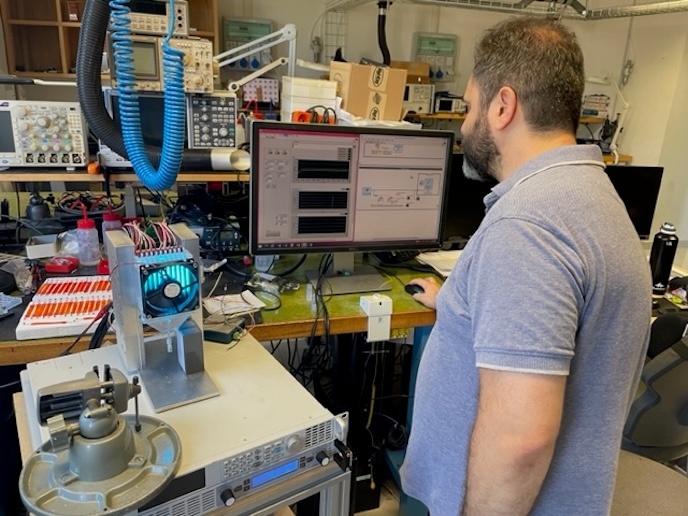New device shows promise for treating spinal cord injuries
Every year an estimated 22 million people suffer from a spinal cord injury (SCI), with 2.5 million resulting in paralysis. Because there is no effective regenerative therapy for treating complete SCIs, these injuries tend to have a long-term, often devastating effect on a patient’s quality of life. The good news is that a number of companies are making progress on finding an effective SCI treatment. One of these companies is BioArctic(opens in new window), a Swedish biopharma company dedicated to developing treatments for central nervous system disorders. “Our aim was to deliver the first ever treatment for those who have lost feeling in their lower bodies due to a complete spinal cord injury to the thoracic part,” says Hans Basun, senior director of clinical development at BioArctic. Now, thanks to the support of the EU funding to the SC0806 project, the company’s innovative treatment concept could be tested in hemiplegic(opens in new window) patients.
Several important discoveries
SC0806 is a biodegradable medical device that is surgically implanted into the injured spinal cord. To support nerve regeneration, the device uses the FGF1 growth factor(opens in new window). Once implanted, the SC0806 guides nerve fibres across the injured area in the spinal cord. Preclinical studies conclusively demonstrated SC0806’s role in regenerating nerves, restoring electrophysiology(opens in new window), and improving motor function. Based on these groundbreaking results, BioArctic decided to begin a clinical phase 2 study on patients presenting complete SCIs – which is where the EU funding came into play. Before embarking on the clinical study, researchers first conducted an extensive survey of the anatomy of the human spinal cord – the results of which were quite surprising. “We needed 60 different devices to cover all varieties of the spinal cord,” explains Basun. “They also needed to be cast in a very complicated way in order to lead the axon(opens in new window) outgrowth in the correct way.” Another important discovery gained during this phase of the trial is that the injury zone, also known as the scar tissue, was usually much longer than expected. Using a robust electromyography(opens in new window) (EMG) method developed for the project, 66 % of the screened subjects had injuries that were too long (>40 mm) to be operated on.
A promising future
Although the interim analysis conducted in the first cohort of nine patients was negative, showing no effect, the test did show that the surgical procedure is safe. This means that, in the future, the surgical method could be used with other factors to potentially stimulate axon growth. “We took a calculated risk in a complex condition with no existing treatment and developed a surgical method that could be used with other treatments,” says Basun. “Our pioneering study has strongly contributed to advancing the knowledge in the field of spinal cord injuries.” Once the project is completed at the end of 2020, the report and results will be available through EudraCT(opens in new window) and ClinicalTrials.gov(opens in new window). There will also be several publications generated from the project. “Hopefully, these will stimulate the scientific community to further develop this field and, ultimately, find a treatment for this devastating condition,” adds Basun.







